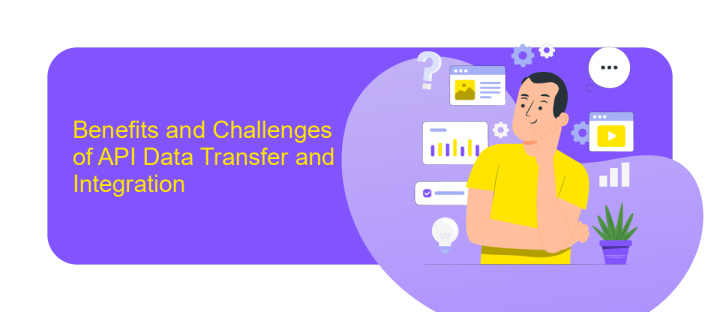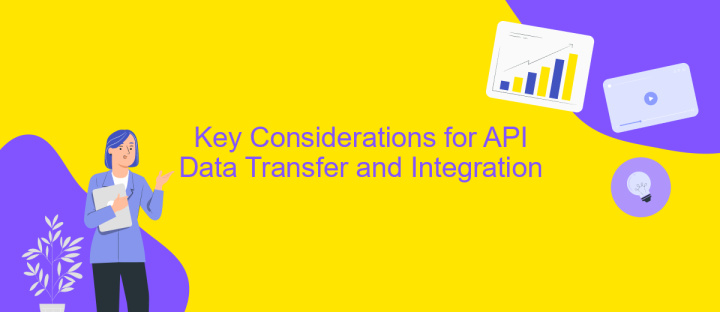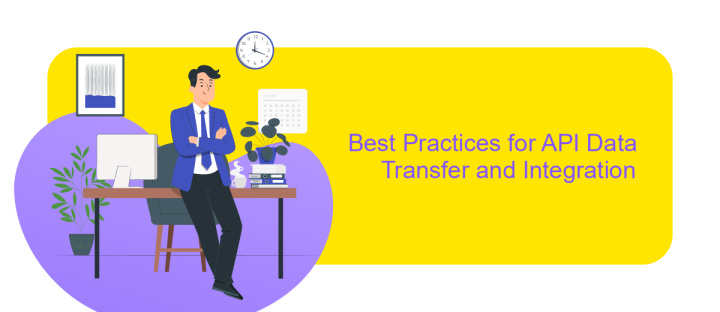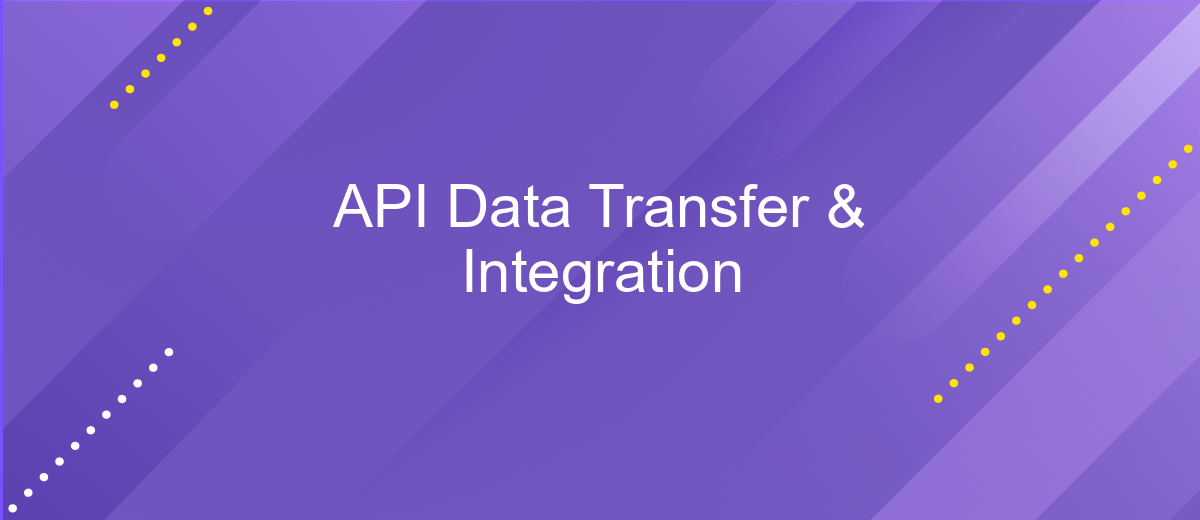API Data Transfer & Integration
In today's interconnected digital landscape, API data transfer and integration have become crucial for seamless communication between diverse systems. By leveraging APIs, organizations can efficiently exchange data, automate workflows, and enhance overall functionality. This article delves into the fundamentals of API data transfer, explores best practices for integration, and highlights the transformative impact on business operations.
Introduction to API Data Transfer and Integration
APIs (Application Programming Interfaces) have revolutionized the way data is transferred and integrated across different systems and platforms. By providing a standardized way for applications to communicate with each other, APIs enable seamless data exchange, enhancing interoperability and efficiency. Whether it's integrating third-party services or synchronizing data between internal systems, APIs play a crucial role in modern software development.
- Facilitates real-time data exchange between applications
- Enhances scalability and flexibility of systems
- Reduces development time and costs by leveraging existing services
- Improves data accuracy and consistency across platforms
In summary, API data transfer and integration are essential for building robust, scalable, and efficient applications. They allow developers to tap into a vast ecosystem of services and functionalities, fostering innovation and enabling businesses to respond quickly to changing market demands. Understanding and utilizing APIs effectively can significantly enhance the capabilities of any software solution.
Benefits and Challenges of API Data Transfer and Integration

API data transfer and integration offer numerous benefits, including streamlined processes, real-time data access, and enhanced connectivity between various systems. By leveraging APIs, businesses can automate data exchange, reduce manual errors, and improve overall efficiency. This seamless integration enables organizations to make informed decisions quickly, as data is readily available and up-to-date. Additionally, APIs facilitate scalability, allowing companies to expand their operations without significant changes to their existing infrastructure.
However, API data transfer and integration also present challenges. Ensuring data security and privacy is a primary concern, as APIs can potentially expose sensitive information if not properly secured. Compatibility issues may arise when integrating APIs from different providers, leading to potential disruptions and increased maintenance efforts. Moreover, managing and monitoring API performance requires specialized skills and resources. Services like ApiX-Drive can help mitigate these challenges by providing user-friendly tools for setting up and managing integrations, ensuring smooth and secure data transfer between systems.
Key Considerations for API Data Transfer and Integration

When implementing API data transfer and integration, it is crucial to consider several factors to ensure efficiency, security, and scalability. These considerations help in maintaining the integrity of data and the performance of the system.
- Security: Ensure that data transfer is encrypted and secure. Use protocols like HTTPS and implement authentication mechanisms such as OAuth.
- Data Validation: Validate data at both ends to prevent errors and inconsistencies. Implement schema validation and error handling mechanisms.
- Rate Limiting: Implement rate limiting to manage the number of API requests. This helps in preventing abuse and ensuring fair usage.
- Scalability: Design APIs to handle increased loads efficiently. Use load balancing and consider horizontal scaling.
- Documentation: Provide comprehensive API documentation to facilitate easy integration and troubleshooting for developers.
By addressing these key considerations, organizations can ensure smooth and reliable API data transfer and integration, leading to better performance and user satisfaction. Proper planning and implementation of these factors are essential for the long-term success of API-driven projects.
Best Practices for API Data Transfer and Integration

Effective API data transfer and integration are crucial for seamless communication between systems. To achieve this, it is essential to follow best practices that ensure data integrity, security, and performance. These practices help in minimizing errors and optimizing the integration process.
Firstly, always use secure communication protocols like HTTPS to protect data in transit. Additionally, implement authentication and authorization mechanisms to restrict access to the API. Monitoring and logging API activities can also help in identifying and addressing potential issues promptly.
- Use versioning to manage API changes without disrupting existing integrations.
- Implement rate limiting to prevent abuse and ensure fair usage.
- Validate and sanitize input data to protect against malicious attacks.
- Utilize pagination for handling large datasets efficiently.
- Ensure comprehensive documentation for ease of use and integration.
By adhering to these best practices, organizations can ensure reliable and secure API data transfer and integration. This not only enhances system interoperability but also contributes to a more robust and scalable API ecosystem.
Conclusion
In conclusion, API data transfer and integration are crucial components for modern businesses seeking to enhance operational efficiency and streamline workflows. By enabling seamless communication between disparate systems, APIs facilitate real-time data exchange, reduce manual intervention, and minimize the risk of errors. This integration not only improves data accuracy but also accelerates decision-making processes, ultimately driving business growth and innovation.
Furthermore, leveraging specialized services like ApiX-Drive can significantly simplify the setup and management of these integrations. ApiX-Drive offers a user-friendly platform that allows businesses to easily connect various applications without the need for extensive technical expertise. By automating data transfers and ensuring consistent synchronization, ApiX-Drive helps organizations save time, reduce costs, and focus on their core activities. Embracing such tools is a strategic move towards achieving a more connected and efficient business environment.
FAQ
What is an API and how does it work?
How can I ensure secure data transfer via API?
What are the benefits of using API integration for data transfer?
How can I automate data transfer between different applications?
What should I consider when choosing an API integration platform?
Do you want to achieve your goals in business, career and life faster and better? Do it with ApiX-Drive – a tool that will remove a significant part of the routine from workflows and free up additional time to achieve your goals. Test the capabilities of Apix-Drive for free – see for yourself the effectiveness of the tool.

